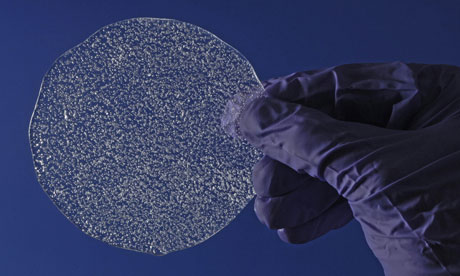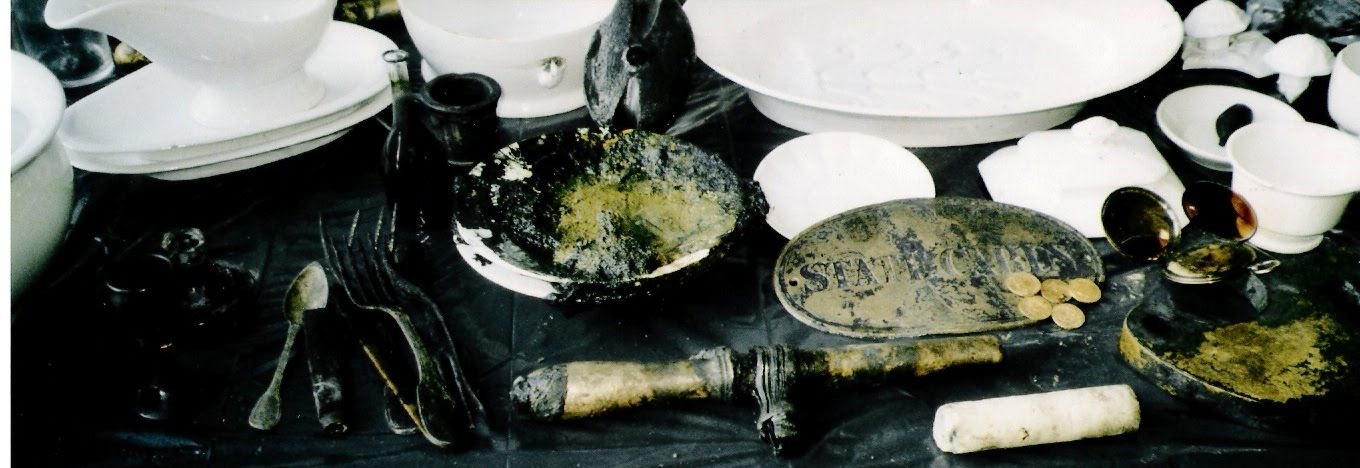Robin McKie -
They were found deep below Earth's surface, provide vital information about our climate's history and, for the first time, will be publicly displayed in their full freezing glory.
Three pieces of ice core, drilled from the Antarctic icecap, one containing bubbles of air from the year 1410, will this week be installed in a glass-fronted freezer cabinet in the Science Museum in London's new Atmosphere gallery.
Set for its opening by Prince Charles on Friday, the gallery has been designed to outline the basics of climate science and explain why researchers believe human activity is now having a pronounced impact on weather patterns."This gallery will show how scientists have acquired their knowledge about Earth's climate history – with our ice cores providing some of the most telling examples," says museum director Chris Rapley.
Air gets trapped by snow as it falls. Then more snow falls on top. Pressure builds up and snow is eventually converted into ice – with air bubbles trapped inside. The deeper you drill, the older the ice – and air bubbles – that you find. "If you drill several kilometres down you find samples that are almost a million years old," says Rapley. "That is why we think of ice cores as treasure troves of climate history."
By drilling down to a particular layer, the oxygen isotopes in a core sample's air bubbles will tell you the global temperature for the time that the air was trapped in snowflakes.
 British Antarctic Survey/PA
British Antarctic Survey/PA
Posted via http://batavia08.posterous.com batavia08's posterous
.jpg)
No comments:
Post a Comment